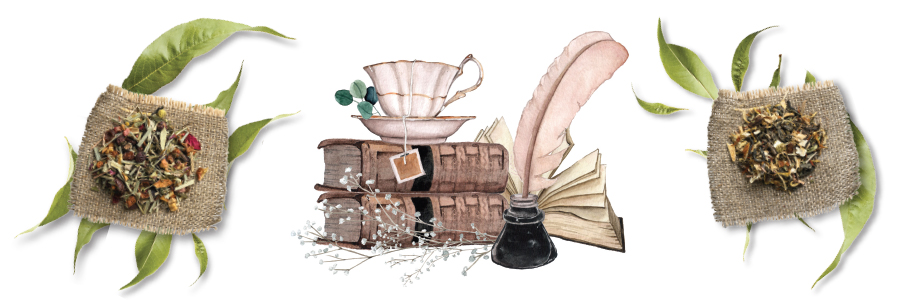


Sign-up for {N}power to get exclusive discounts, newsletters, members-only features, and more!

Once upon (almost) 5,000 years ago, an influential man of China sat beneath a tree and boiled water to drink when dried leaves floated into his pot. They infused the water, the aroma enticing our protagonist to take a sip, and that’s how they say tea was discovered.1 2 These leaves were from Camellia sinensis, the tea plant, and this fact is the only detail of the story we know is accurate, for it’s from this plant that what is considered true tea—white, green, oolong, and black—is made.3
Although the serendipitous nature of this legend is enchanting, the modern cultivation of tea begs us to choose the tea leaves that float in our pots with intention, for our health and that of the planet. Consider a few reasons why.
Very little tea is grown in the U.S.; it’s an imported product.4 5 Unfortunately, this means there are fewer controls over chemical pesticide residues. According to Tea Steeped in Toxics, a 2015 report by Beyond Pesticides, the FDA “consistently finds high levels of illegal residues on imported tea”—an issue echoed from the European Union to China.6 Contemplate these stats:
Choose certified organic tea to reduce the chances of illegal pesticide residues in your brew. Around the world, organic products are held to the same strict, USDA-enforced standards. They’re inspected annually, samples are tested for prohibited substances, such as illegal pesticides, and suspected violations are investigated.9
What happens when a single crop is grown year after year on a large piece of land? Loss! Loss of habitat. Loss of biodiversity. Loss of healthy soil. This monoculture approach to agriculture is the status quo of cultivation for many commodity crops, including tea, and it’s accompanied by heavy use of synthetic fertilizers.10 Over time this results in soil acidification, negatively impacting soil structure, metal toxicity, and nutrient availability.11 12 In China, one of the world’s biggest tea-producing countries, this is becoming a serious issue. According to research published in Science of the Total Environment in 2020, 46 percent of Chinese soil samples measured were too acidic for tea growth. However, on organic tea plantations, where synthetic fertilizers are not allowed, the researchers found no significant soil acidification.13

Of all the reasons to love a cuppa tea, green tea may lay claim to the most. It’s an excellent source of epigallocatechin-3-O-gallate, or EGCG, which is believed to be one of the most significant contributors to tea’s health-promoting properties, including antioxidant, anti-inflammatory, antimicrobial, and antiviral activities.14 15 16
A study comparing tea grown organically or conventionally in the same geographical region in China found a clear winner in organic. The organic tea had “significantly higher” concentrations of catechins, including the most potent antioxidant among them, EGCG.17
“You can never get a cup of tea large enough or a book long enough to suit me.”18
– C.S. Lewis



Sign-up for {N}power to get exclusive discounts, newsletters, members-only features, and more!